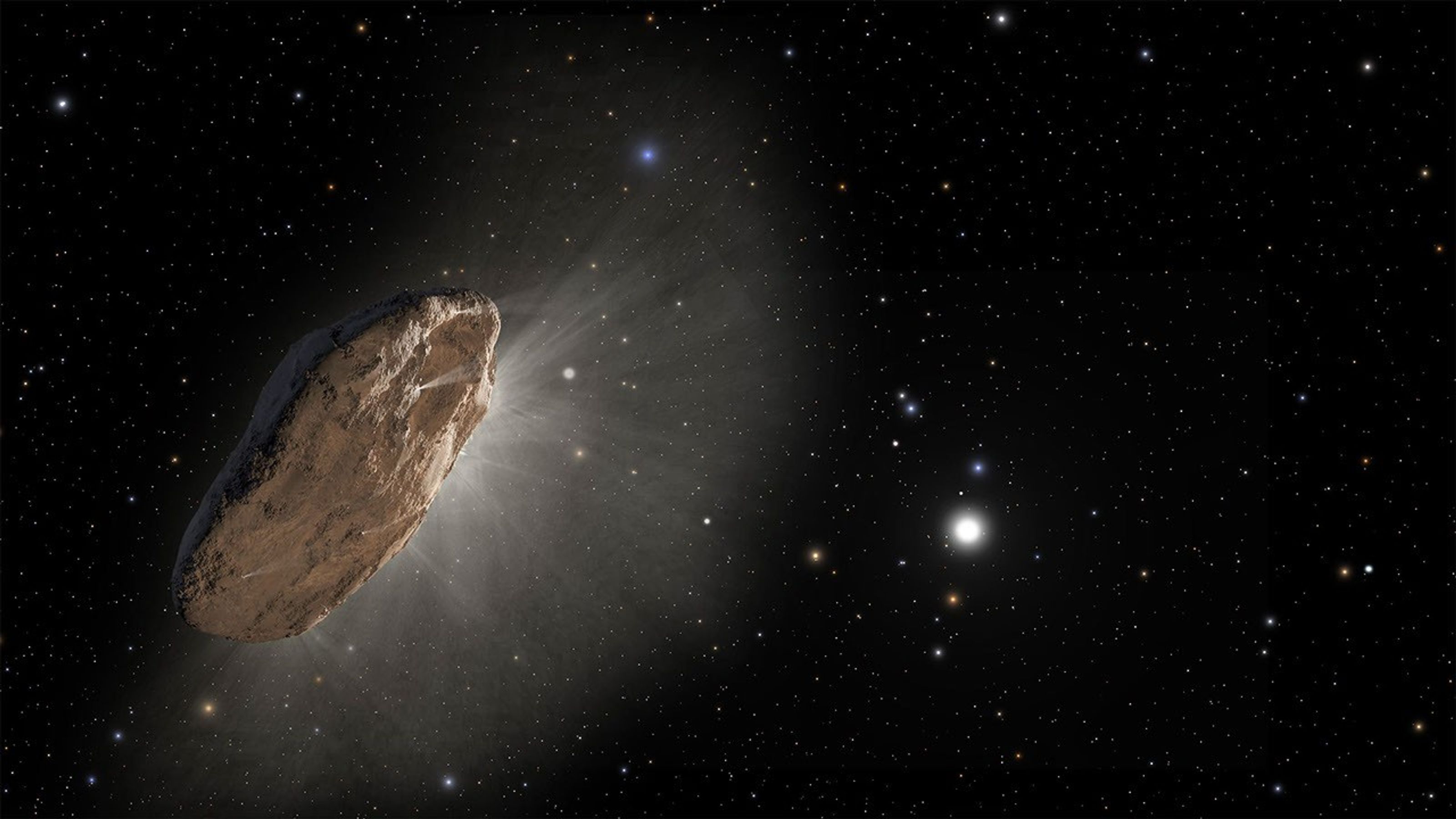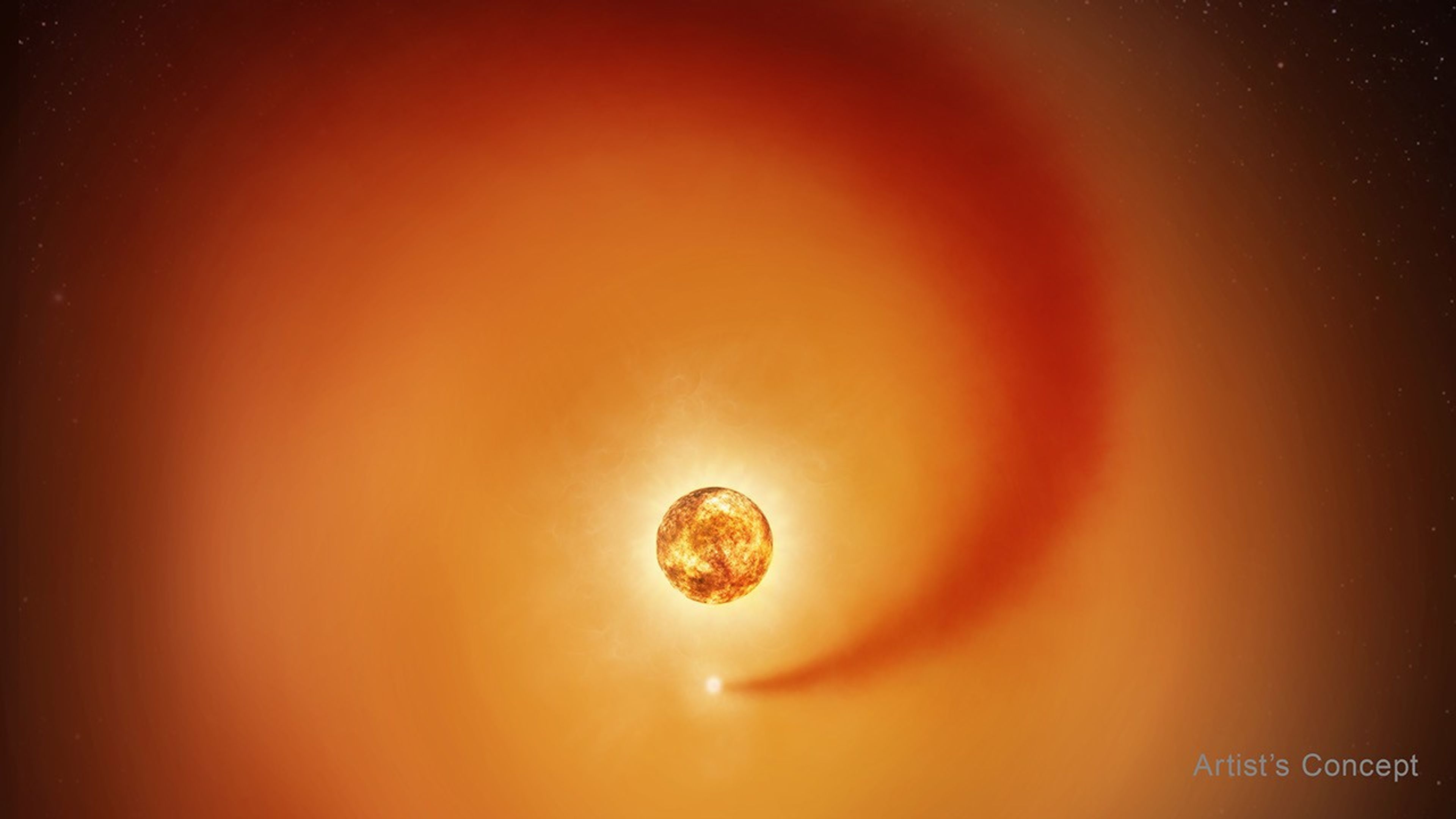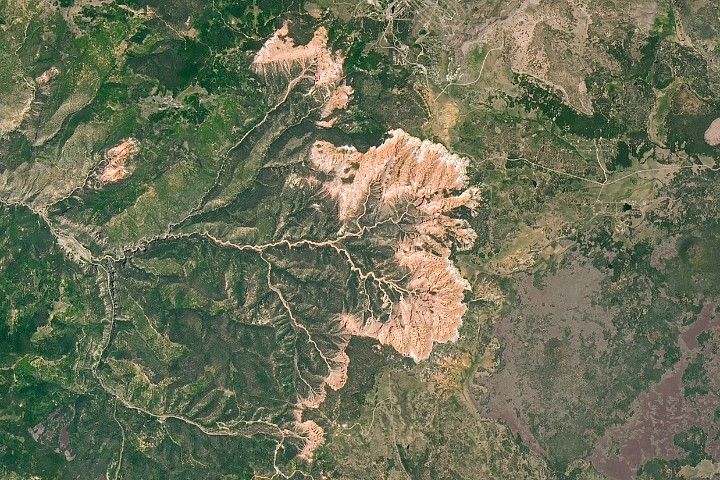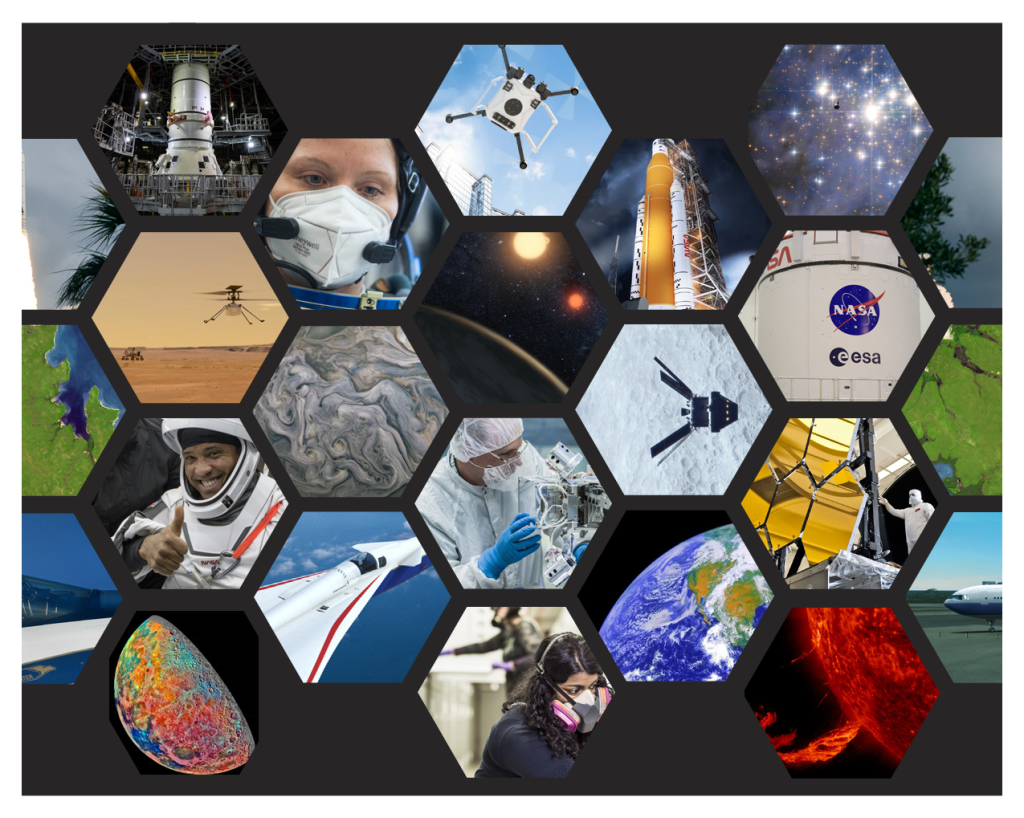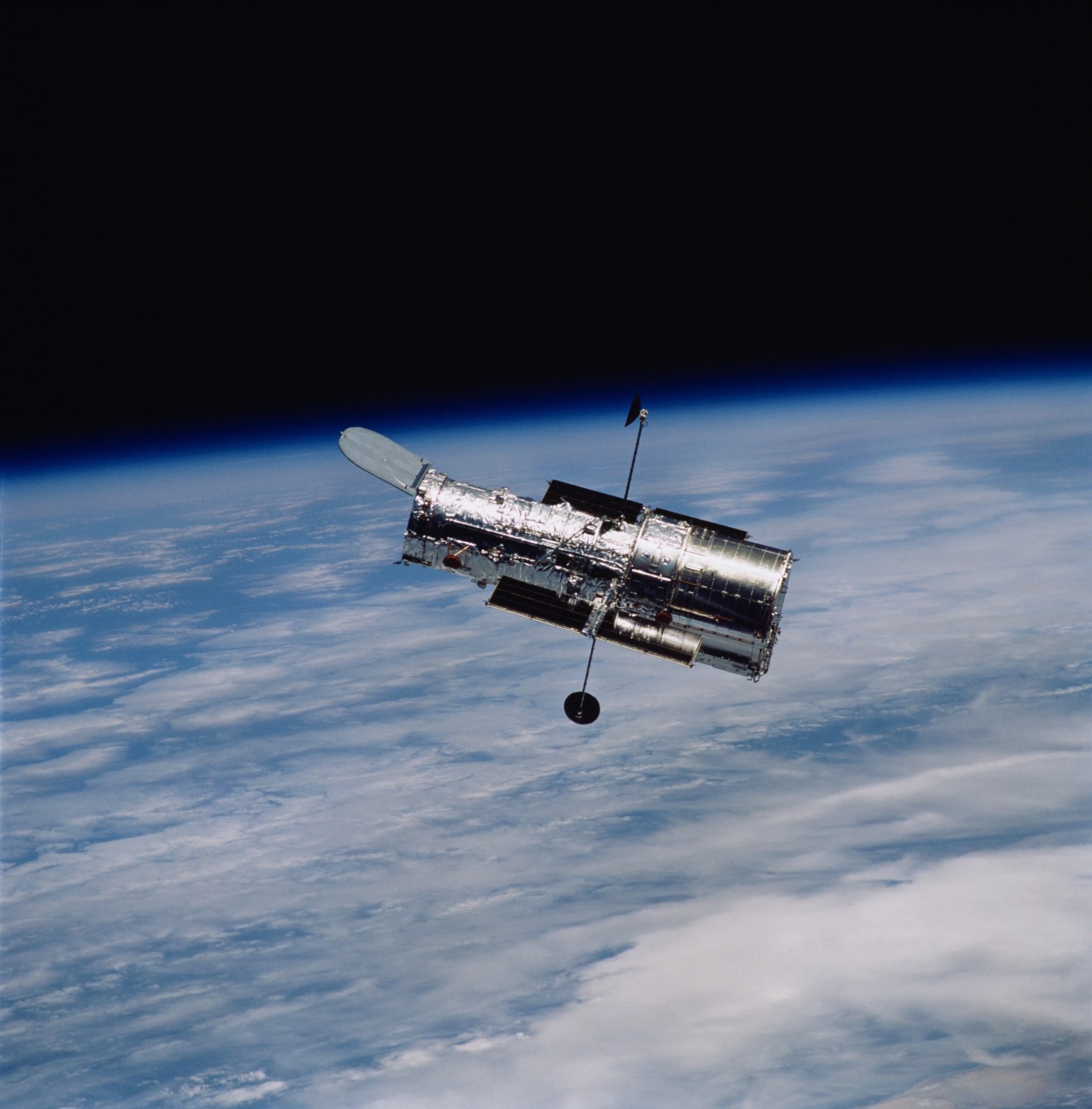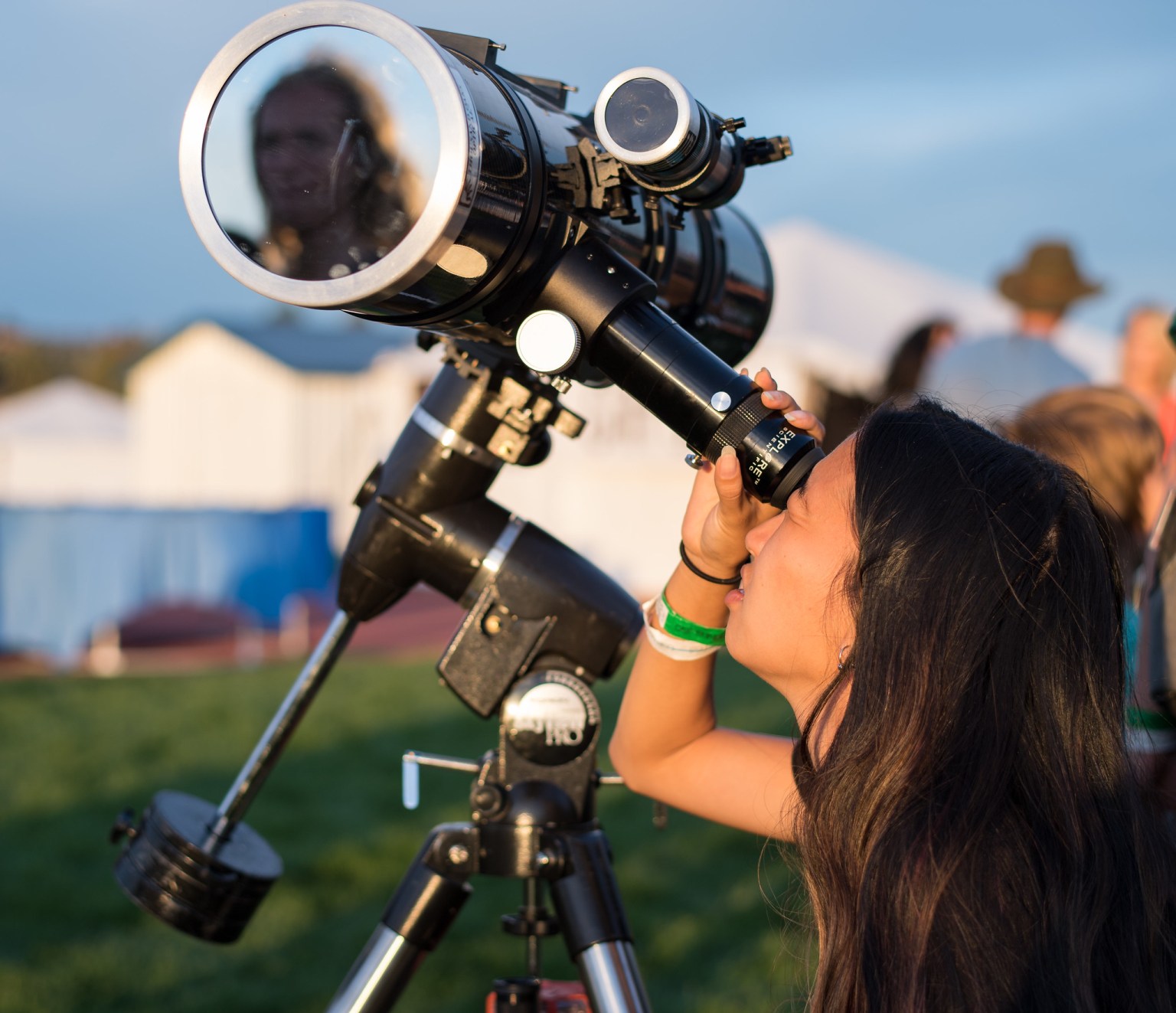NASA Science
NASA Science seeks to discover the secrets of the universe, search for life elsewhere, and protect and improve life on Earth and in space.

Featured Missions
Our mission milestones showcase the breadth and depth of NASA science.

IMAP
Launched September 24, 2025, IMAP will help researchers better understand the boundary of the heliosphere, a huge bubble created by the Sun surrounding and protecting our solar system.

Pandora
Pandora is a small satellite designed to characterize exoplanet atmospheres and their host stars. It is slated to observe at least 20 different planets during its one year of science operations.

Lucy
The Lucy mission captured stunning, detailed images of asteroid Donaldjohanson during a fly by on April 20, 2025, as the spacecraft heads towards the distant Trojan asteroids.
2026 NASA Science Calendar
Download our latest calendar and wallpaper backgrounds for your desktop or mobile device, and discover the fascinating science behind the images featured each month.
Download Now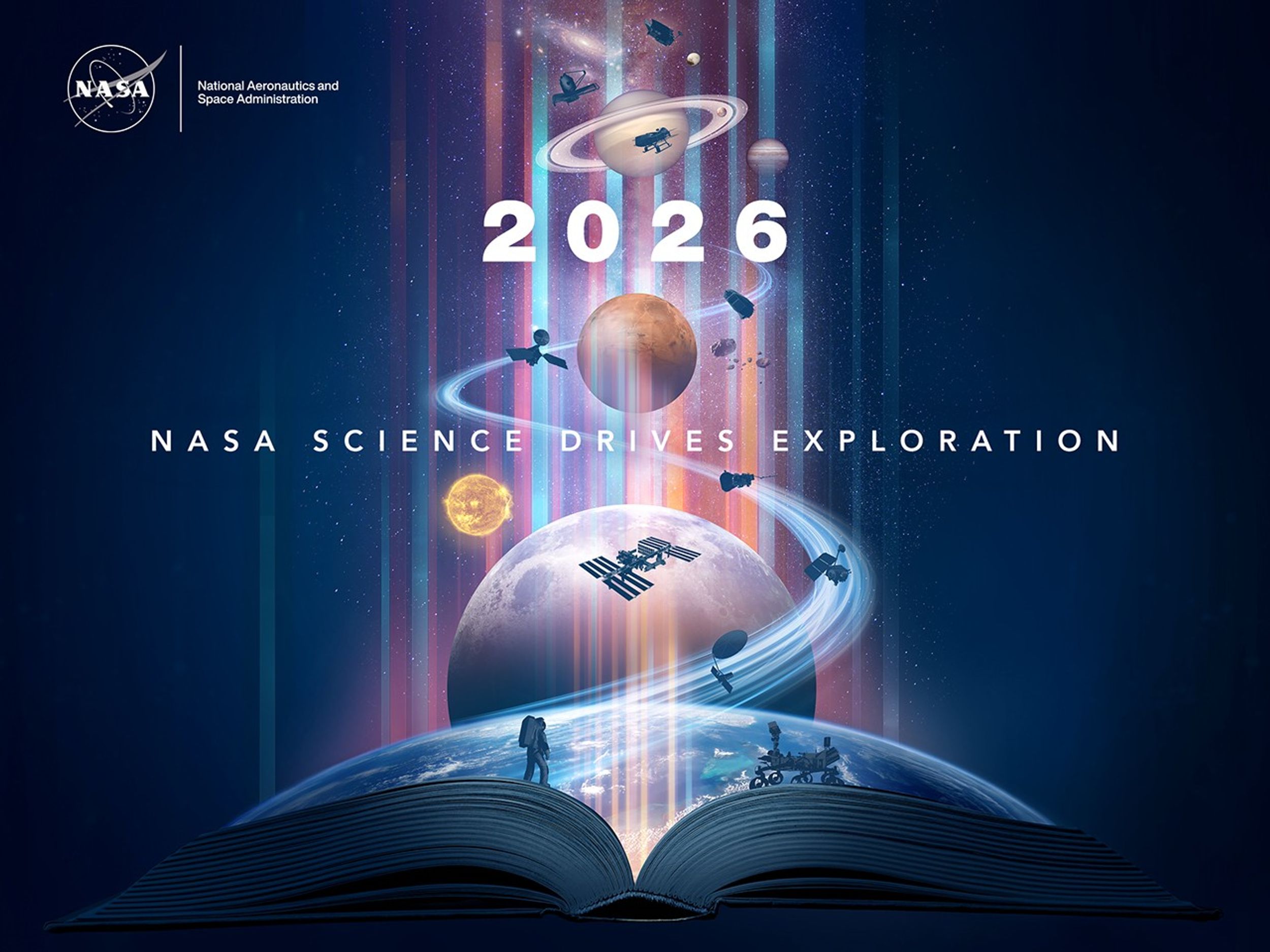
What’s Up: January 2026 Skywatching Tips
Jupiter is at its biggest and brightest all year, the Moon and Saturn pair up, and the Beehive Cluster buzzes into view.
More January Skywatching Tips from NASACitizen Science
Join NASA researchers and discover the secrets of the universe, search for life elsewhere, and protect and improve life on Earth and in space.
Through these projects, sometimes called “citizen science” or “participatory science” projects, volunteers and amateurs have helped make thousands of important scientific discoveries. These projects are open to everyone (no citizenship required).

Explore our changing planet
Earth is our home, shared with millions of species. Rapid changes like rising temperatures and more frequent extreme weather are transforming our planet. For over 50 years, observations from space and ground have monitored these changes, guiding critical decisions in areas like agriculture and air quality. By understanding how our actions affect Earth's systems, we can help mitigate these impacts. Discover more about how you can make a difference in safeguarding our planet.
Visit the Earth Information Center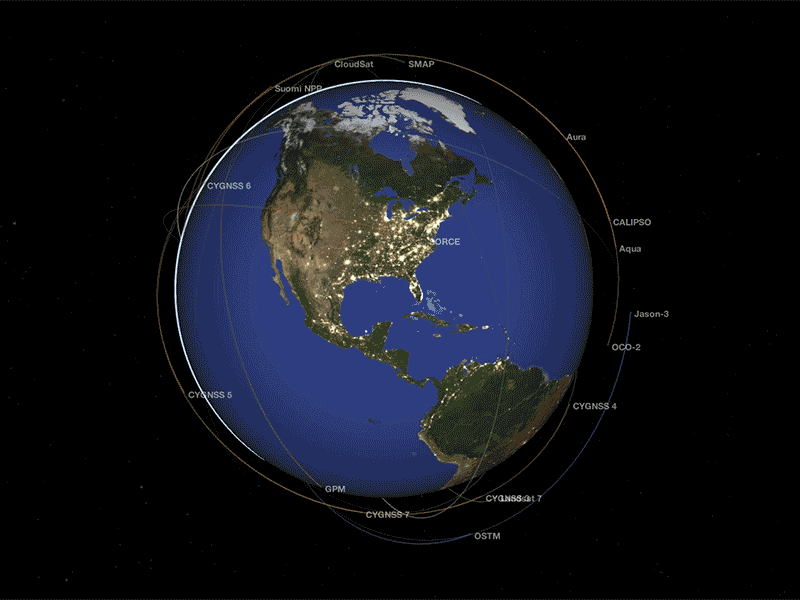
Helio Highlight: Comets, the Sun, and You
Interstellar comet 3I/ATLAS passed through the inner solar system in the last months of 2025. By studying comets like 3I/ATLAS, scientists can learn more about the Sun and other stars, and about how planetary systems form in the first place.
Read More about <strong>Helio Highlight: Comets, the Sun, and You</strong>